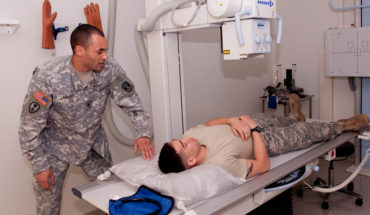
Linear position sensors were first only used in laboratories for measurement, but as you may already be aware, they are now used for a range of industrial, research, and mechanical operations conducted in the air, underground, underwater, and on the ground. Thanks to numerous innovations and developments, the linear position sensors of today are more reliable and robust than ever. Here are the top benefits of linear position sensors for various applications today.
The basic and main benefits of LVDTs
As mentioned, due to numerous advancements in manufacturing technology, linear position sensors today are not only more budget-friendly and affordable, they are also more reliable as well. One notable advancement when it comes to LVDTs is the elimination of external electronics. Today, internal electronics have become incorporated with linear technology in the production of LVDTs, allowing for more complicated functions.
There are also linear position sensors today which are DC-operated, and these are capable of producing a digital output which is compatible and comparable with systems that are computer-based. In addition, the linear position sensors of today are more compressed and compact, although the quality has not been sacrificed – in fact, the quality of today’s sensors is even better than before.
More versatile, tougher, and longer-lasting
In addition, linear position sensors are built making use of better materials for construction, which makes the sensors more able to withstand the harshest and hardest of environments (including extremely low and extremely high temperatures) as well as radiation exposure and vacuum conditions. Other great materials which are now being utilised for linear position sensors include chromium, cobalt, and nickel, which contribute to better performance even with environments that expose the sensors to compounds which are corrosive.
Another benefit brought by linear position sensors is the fact that they can be made from stainless steel, which is not only known for its strength, but also for its adaptability in different environments. You can choose various IP (ingress protection) ratings depending on your needs as well.
A number of configurations
Yet one more benefit when it comes to linear position sensors is their availability in various configurations. These configurations include unguided, guided, and spring return. The configuration of the linear position sensor will determine the frequency response of the component. For instance, a linear position sensor which is the spring return kind is often limited by the spring strength compared to the ratio of the amplifier’s mass, and in a short linear position sensor will usually impose limits of around 10Hz.
If you are planning to use a linear position sensor for a high-frequency use or application, it is recommended that you opt for the unguided kind. This can be fixed for physical contact in between the transducer’s or position sensor’s body and the armature which makes it effective at operating indefinitely even at a high frequency.
Image attributed to Positek.com
http://www.positek.com/linear-position-sensor

